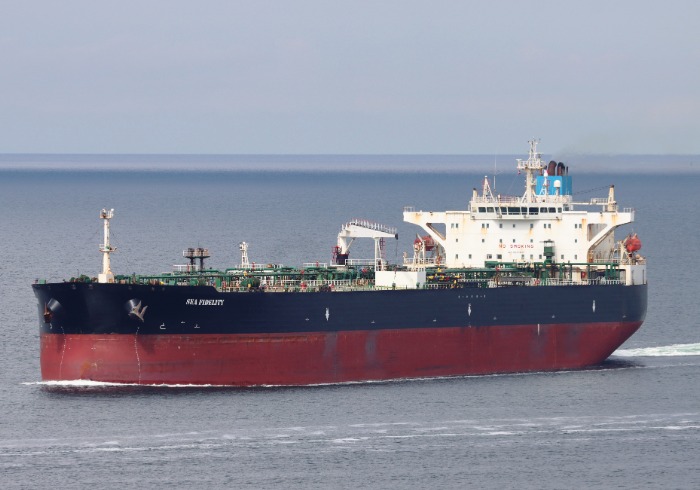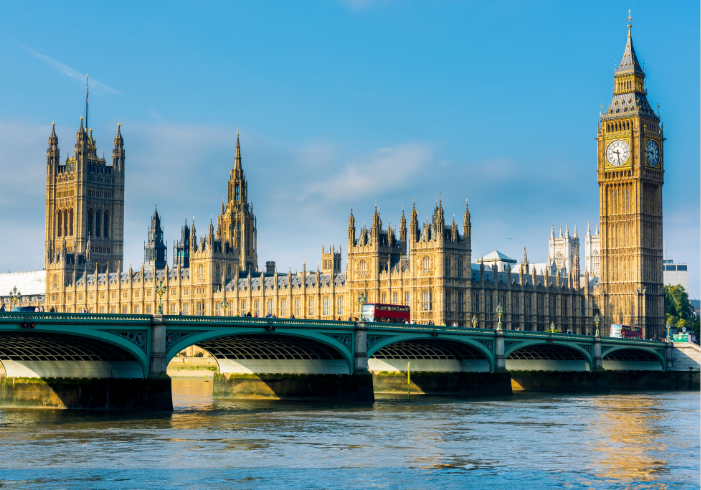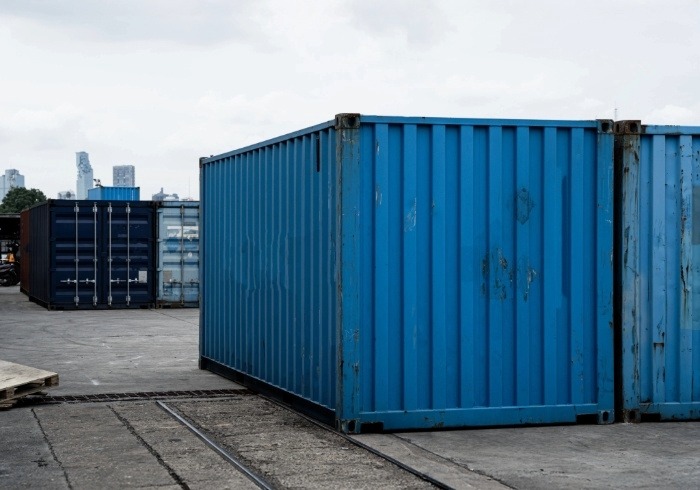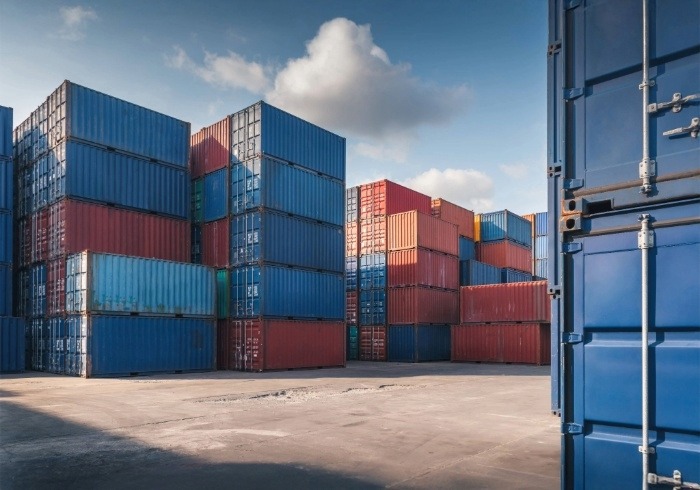The US monetary policy and economic environment are causing uncertainty in otherwise stable Central America. GTR speaks to Ross Stewart, senior economist, and Kari Pries, country risk analyst, at IHS Markit about the current challenges associated with doing business in the region.
GTR: How has credit risk evolved in recent months for Central American companies?
Stewart: Given that economic conditions in Central America have been favourable in recent quarters, credit risk conditions across businesses in the region have been broadly healthy. At the business unit level, healthy economic activity will bolster inflows of revenue, which then circulates back to support the company’s creditworthiness. Therefore, the healthy economic environment globally has supported credit risk in Central America, and we expect this to continue in the short term.
Currencies in the region have been quite stable in recent quarters as well, while Guatemala has even seen considerable appreciation. These currency movements help maintain stability in the cost of borrowing in foreign currencies, a common practice given the relatively underdeveloped domestic financial systems operating in the region.
With the US Federal Reserve tightening cycle underway, and the expectation for this to continue throughout 2017, we expect depreciation across the board in Central American currencies. However, El Salvador, Belize and Nicaragua will be unaffected, given El Salvador’s use of the US dollar, and the stable pegged exchange rates in
Belize and Nicaragua.
Depreciating currencies in most of Central America will increase the cost of borrowing in US dollars, which is likely to put downward pressure on borrowing at the business unit level. Although depreciating currencies will unambiguously increase the credit risk in the Central American region, the US Federal Reserve has made it clear that the interest rate hikes will be gradual. As most Central American currencies have been managed in a stable fashion by responsible central bank policies, we expect depreciation to be controlled, thereby mitigating a portion of the increased credit risk stemming from weaker Central American currencies.
Naturally, higher interest rates increase the cost of borrowing, and this feature will put downward pressure on credit growth in the region, though our projection of healthy economic growth rates in the Central American region will counteract the downshift in credit growth.
Overall, we do not believe the interest rate tightening cycle will dramatically disrupt credit growth in Central America, nor do we believe that it will significantly alter the credit risk profile of companies operating in the region.
GTR: What are some of the main economic and political challenges currently threatening businesses
in the region?
Pries: Economic challenges for the Central American region include: downturn in growth prospects of the US economy, significant uptick in the US’ unemployment rate, and significant tightening of US trade policy towards Central America (or Latin America more broadly). Remittance inflows are likely to continue on their record-breaking streak in most Central American countries, though any downshift in these vital inflows would spell trouble for consumer spending. Also related to consumer spending, inflationary risks are currently low, but any spike in consumer prices would cause disruptions in these fragile economies.
Adverse weather conditions are always a risk in the Central American region, as hurricanes or torrential downpours can destroy businesses, thereby complicating businesses’ ability to repay credit.
Regarding uncertainties surrounding trade policies coming out of the US, it is most likely that business leaders in the area are in a holding pattern; the enormous degree of uncertainty makes it unreasonable to enact serious contingency programmes.
Specifically regarding political risk, Central American governments have been relying on bond issuances, loans and foreign donors to finance their national policies whilst keeping tax collections relatively low over the past years. This has limited their ability to pay for basic infrastructure, social services and security. The rising number of crime incidents perpetrated in part by street gangs and facilitated by increased drug traffic through the isthmus has further
weakened political institutions.
To finance operations, the main political response of many of Central American governments has been to increase tax collection through the reform of their tax-related legislation, but this has been difficult to do because of opposition in respective congresses. Corruption is affecting the approval rating of leaders, which has impacted institutional capacities to respond effectively to pressing political issues.
Also affecting the business environment, local communities are increasingly demanding greater environmental scrutiny of projects, a situation which is leading to delays, cancellations, or as seen recently in El Salvador, the banning of mining activities.
GTR: How is the upcoming presidential election in Honduras, with doubts about the current president’s ability to run for a second term, affecting stability and trade in Central America?
Stewart: Presidential elections in Honduras are not affecting the country’s ability to trade. The business community and international financing bodies have welcomed many of current President
Juan Orlando Hernandez’ fiscal decisions and anticipate the policy continuity presented by a second Hernandez administration.
He is an early electoral favourite with 55% popular support, according to a January 2017 CID-Gallup poll. In the November vote, Hernandez will likely face political outsider Luis Zelaya for the Liberal Party (PL) and Xiomara Castro de Zelaya, wife of former President Manual Zelaya, who was ousted in a coup, representing the Liberation and Refoundation (Libre) and its opposition alliance Anti-Corruption (PAC) and Innovation and Unity (PINU).
Regional precedents provide indication that it is relatively unlikely that upcoming elections will lead to political destabilisation in the country or present significant issues for regional trade networks. A second Hernandez administration is likely to continue similar institutional reforms and austerity measures which have provoked public-sector unions over layoffs and occasional salary delays – disputes which are likely to continue.








